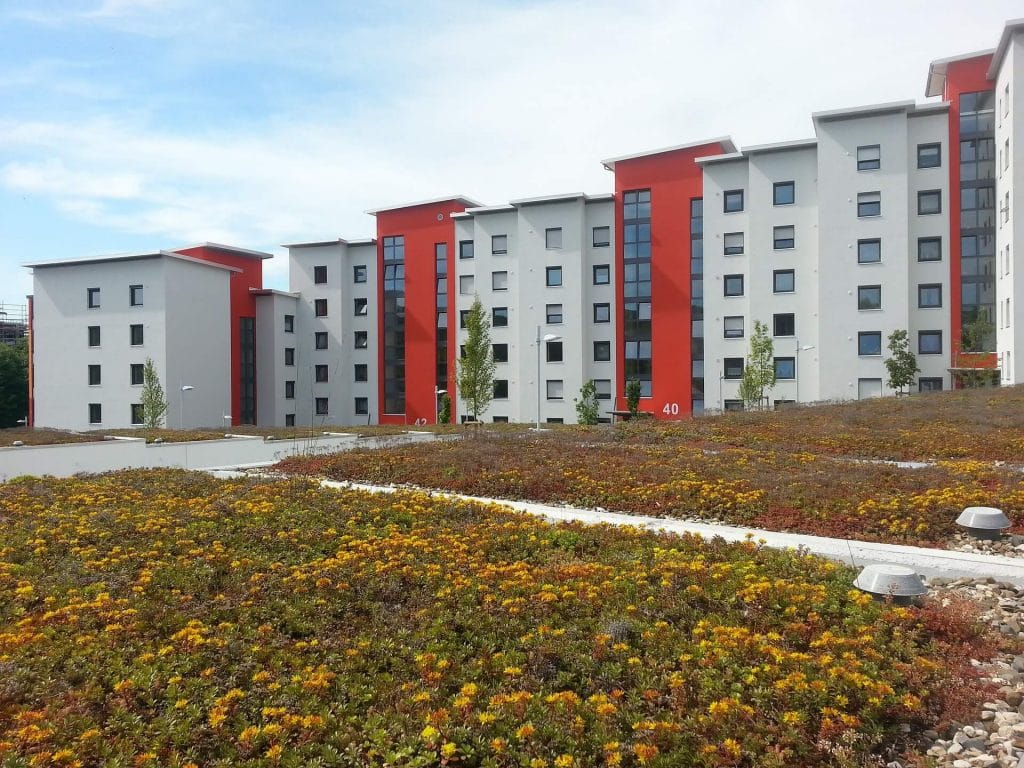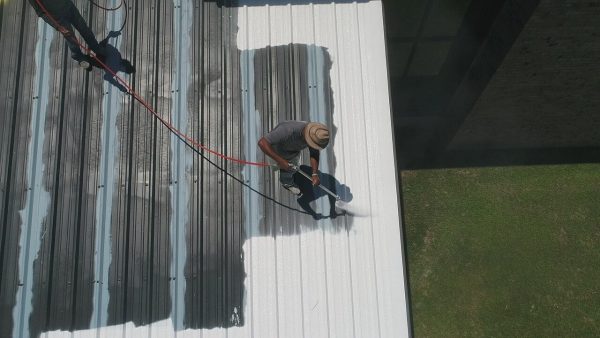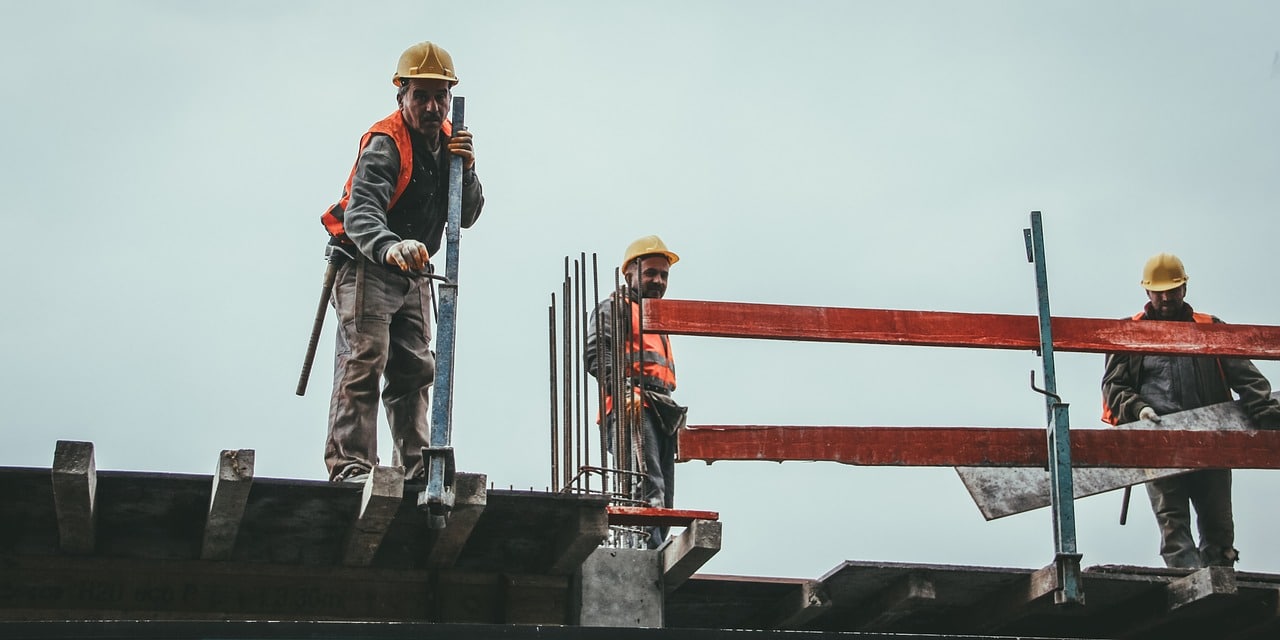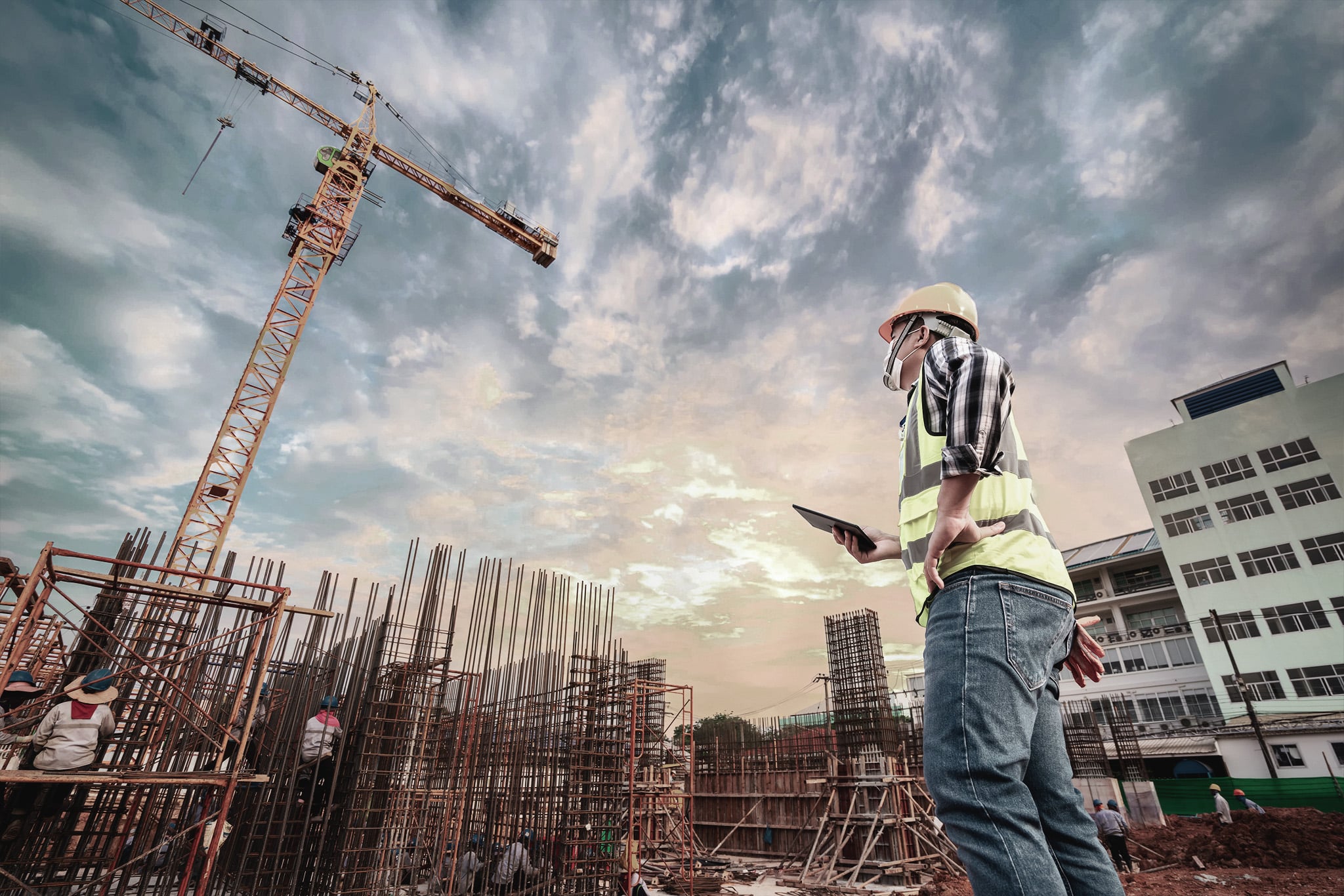A number of homes and buildings opt for flat roofing structures, to give a subtle look. Although flat roofing appears quite promising, they may require a humongous deal of close check. Often flat roof repair companies offer a periodic check on breakdowns, splits which will keep your shelter in a good shape.
Often, we fall for the versatility of the flat roof designs. But, even a minor crack can create a big havoc in the structure. Also, if it appears in the front, it may raise a question about your reputation. In this scenario, a commercial flat roof repair can save you the deal.
As an introduction, flat roofs are not actually flat, and have a minor roof pitch inconsistent gaps. Usually, these gaps are formed from ¼” to ½” for every foot. A slight slope will give a nice drainage to the water, but if not maintained well, it can be a big problem.
Read also: Top 8 construction trends
Here, the good thing is, it has various material options which will take you away from the traditional flat roofing system. This also enhances the reliability of the top roof.
If we look at the various types, flat roofs can be hugely categorized as:
Single Layer Membrane
This type of roofing is the preferable shielding technology. Most of these are preferred from commercial construction type. Professionals call it as “Elastomeric”.
These roofs have certain varieties:
- Neoprene
- EPDM
- Chlorinated polyethylene and chlorosulfonated polyethylene sheets
- PVC
- Polymer-modified
Amidst all of these types, EPDM (synthetic rubber), is the most preferable. This is widely used in residential and commercial utilization. So, if nothing, you can always suggest the contractor put EPDM roof shield.
Conventionally and technically, these membrane roofs are deployed in various ways. EPDM roof types are tied via welding or through stickiness.
Modified Bitumen Roof
This was the outcome of a strategized replacement technology for BUR. During the era of the 1960s, this was formulated to add a polymer roof layer with the BUR sheets. As per the needs of the project, this flat roof types can be deployed. A number of installation methods include:
- Torch Applied Technique
- Cold Applied Technique
- Self-Adhered Technique
- Hot Applied Technique
This is known for providing an enhanced elasticity to the roof even in the low temperatures. Polymers are the polypropylene which provides features like rubber roof.
Built Up Roofing
BUR or Built-up Roofs which solved the house shielding problems for a very long time. Built up roofs are deployed with various different layers. In this type of roof, bitumen is used with a smoldering hot mop.
The application of hot tar mingles with bitumen and makes an appearance of the monolithic roof membrane. The roof asphalt layer overlaps till the application builds a thickness. A top surface which is made from stone particles is applied on the top layer. This protects the roof from UV rays.
Some general repairs with these flat roofs can be attained with a little extra dedication. If you have a fear of height, than various flat roof professionals may help you. The best part is, it takes the least time possible.
If you want to do it on your own, here are the steps:
The very first step is to get to know about the roof type.
- After this, be ready to make a nice clean off the surface. The foremost part is removing the deposited gravel. This is done to make the water flow easier. After this, remove all the dust and dirt to give a nice repair.
- After the surface is thoroughly cleaned, you can anytime move on to applying the primer. By doing this, you will give a long-term performance leverage to the patch.
During the winter and snowy weather, the roof layers are saturated. In this case, you should use flame-spreader nozzle.
- After the primer gets completely dried, go on for the application of the patch. The patch should be installed with asphalt-impregnated cotton fabric. After applying the 4-inch fabric shied, you can proceed with 6 inches layer.
- With the help of trowel, you can fill the roof surface with the cement. This should be deployed in a uniformed manner to cover the complete patch area.
So, here you are done with the patching and cementing work. After the drying-up of layers, slather on a finishing layer of asphalt mastic.
Can you ever make your flat roof Leakage-proof?
Flat roof leak may come as a shock to you. Your investment may go in vain if you do not take the necessary precautions into account. So, if you have a roof over your head which can save you from stormy and rainy nights, then it should free from leakage. Also, if you are dealing with a flat roof, it can be a more prominent factor. Your flat roof will be prompt in showing a leakage as water gets quickly into the breakage. So, before you go for a flat roof repair blindly, you must check on the causes of roof leakage. So, why not understand the problem before resolving it?
Check out also: Top 50 construction universities in the world
Causes of flat roof leakages:
Some key factors which affect the flat roof leakage are:
- Being surrounded by a severe environment. This can cause cracks and breakage in the roof.
- Water collection which leads to standing water. This weakens the roof surface and makes it less durable.
- Outdated roof installation and insulation technique can cause lesser longevity. In this condition, extreme weather conditions and temperatures can make your roof tear.
You can always fix the problem, but that will cause another maintenance charge to your budget.
If the condition is too severe, some replacement options are:
- Metal roof installation
- Built-up Roof or BUR
- Coating with Spray
- Bitumen application
Just by understanding the intensity of the situation, you can make a lasting and budget-friendly decision. You will know when your roof is simply worn out and replaceable.





